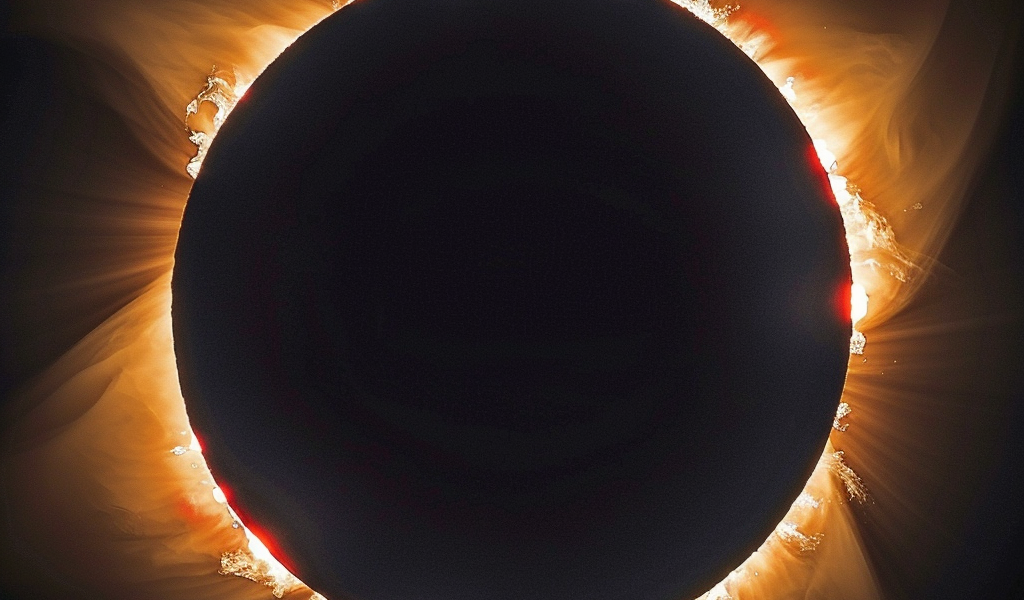The 2024 solar eclipse is set to occur on April 8, creating moments of dawn- or dusk-like darkness in parts of Mexico, the United States, and Canada. This natural phenomenon, known as a total solar eclipse, occurs when the moon passes between the sun and the Earth, blocking the entirety of the sun’s face. NASA has stated that there won’t be another total solar eclipse visible from the contiguous United States until 2044, adding significance to this upcoming event. Here, we cover everything you need to know about the 2024 solar eclipse, including the 13 best cities to experience the phenomenon.
What is a total solar eclipse?
There are various types of eclipses, each offering different views of the sun or moon. A solar eclipse occurs when the moon passes between the sun and Earth, casting a shadow on Earth that fully or partially blocks the sun’s light in certain areas. A total solar eclipse indicates that the moon will completely block the sun’s face, allowing viewers within the eclipse path to observe the sun’s corona and outer atmosphere, weather permitting. Other types of eclipses, such as a partial solar eclipse, occur when the moon covers only a portion of the sun, resulting in a crescent shape.

How to safely watch a total solar eclipse
Solar eclipses are not only rare but also require special viewing precautions. During the brief period of totality when the moon fully blocks the sun, viewers can directly observe the sun without eye protection. However, before and after totality, when a partial eclipse is visible, it is crucial to wear protective eye gear, such as solar eclipse glasses. NASA emphasizes the importance of immediately using eclipse glasses or handheld solar viewers to look at the sun as soon as any part of the bright sun reappears after totality.
Frequency of total solar eclipses
Solar eclipses, in various forms, occur between two and five times a year, with total eclipses happening approximately once every 18 months. However, this does not guarantee visibility from one’s home location at the same frequency. According to the Natural History Museum, London, a total solar eclipse is observable from any given location on Earth approximately once every 360 to 410 years.
Stay tuned for our list of the 13 best cities to experience the 2024 solar eclipse!





